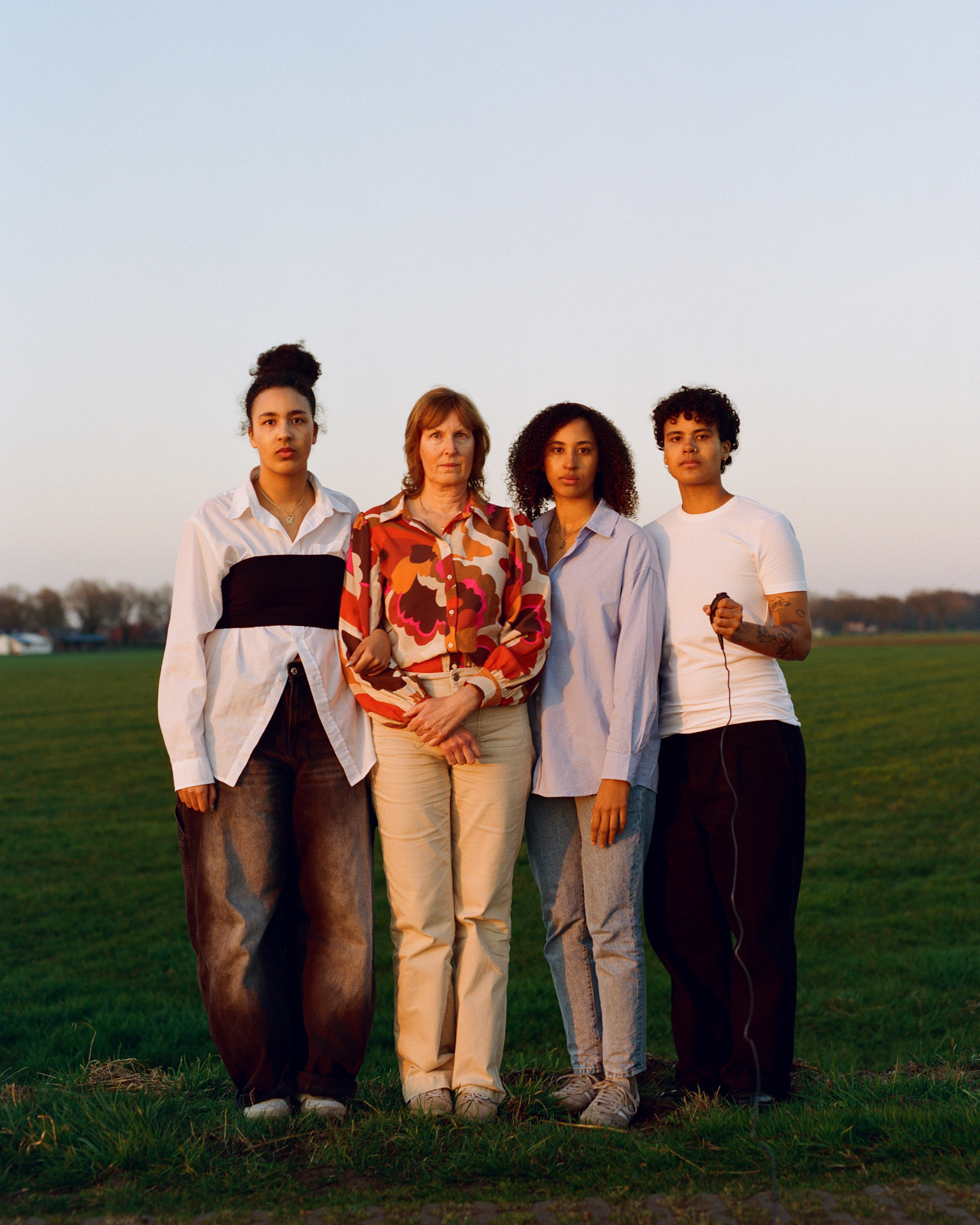Three captivating exhibitions featuring the works of Tengbeh Kamara, Buhlebezwe Siwani, and Michelle Sank have recently opened in Amsterdam.
Why You Left, Who You Left by Tengbeh Kamara

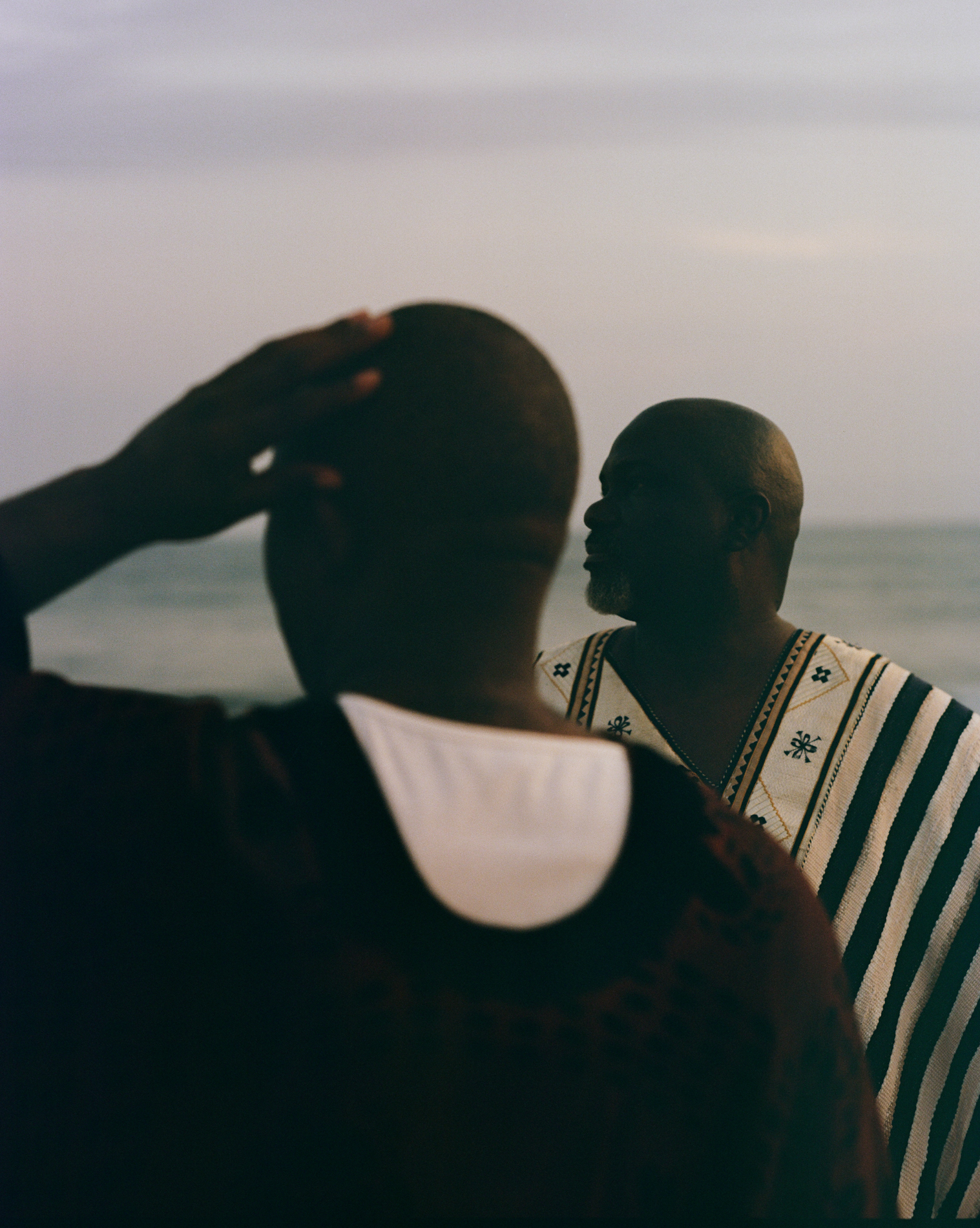
This photo exhibition is a personal quest to explore what it truly means to feel at home. In this two-part series, Tengbeh Kamara investigates their father’s decision to return to his native Liberia, leaving his wife and three young children behind in the Netherlands.
Kamara’s father came to the Netherlands as a refugee in the 1990s. He went to school there, learned Dutch, married a Dutch woman, and had three children. “The perfect refugee,” Kamara says in an interview with Volkskrant Magazine. But in 2008, when Kamara was eleven, their father returned to Liberia to help rebuild the country after the civil war. In Kamara’s youthful eyes, this was a noble and heroic choice — their father built a school for former child soldiers in his native country — but as an adult, the photographer realised how much his departure had affected the family. These conflicting feelings of compassion and incomprehension gave rise to two “chapters”: a search for family, home, tradition, and culture.
InWhy You Left, Who You Left, Kamara, who identifies as non-binary, visits their father and his new life, capturing the freedom, impact, and sense of home that he, as a Liberian man in the Netherlands, had missed out on. “I discovered that his return was about much more than just rebuilding the country. It was deeper than that; it had to do with the feeling of being at home, the traditions, the upbringing. He holds a high position in Liberia and is committed to education. There, he can make a much bigger difference than in the Netherlands, where he is still seen as an African refugee,” Kamara says in an interview with Volkskrant.
In the other chapter, Who You Left, Kamara documents those who stayed behind—a Dutch mother and her three children—and explores the impact of the father’s decision on their lives.
Their photo project unleashed feelings of sadness and anger about their father's absence—stronger than Kamara had ever felt before. But there is also an understanding of the choice he made. Why You Left, Who You Left is a breathtaking documentary, full of telling images.
*
Until 6 July 2025 | Intsomi by Buhlebezwe Siwani
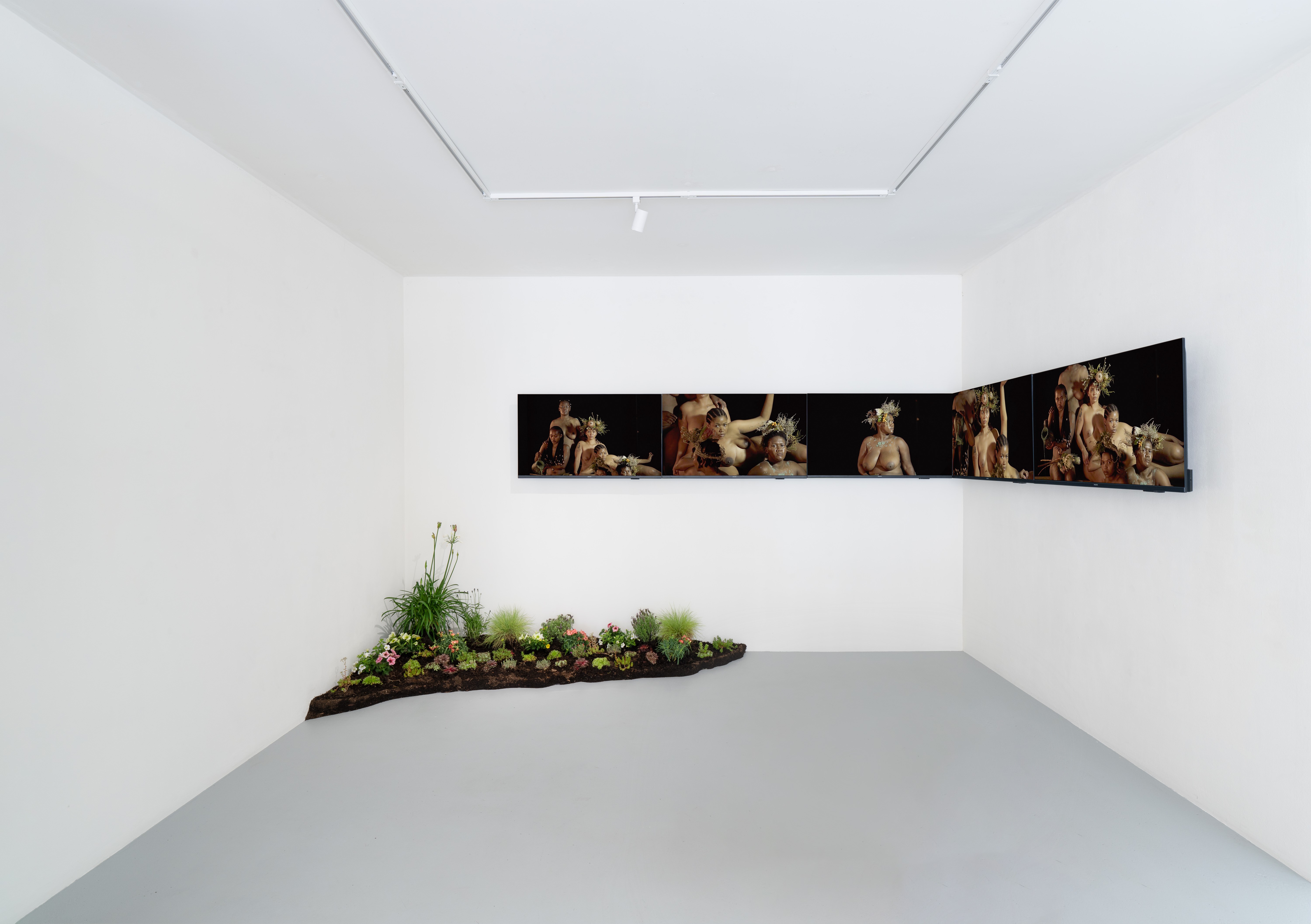
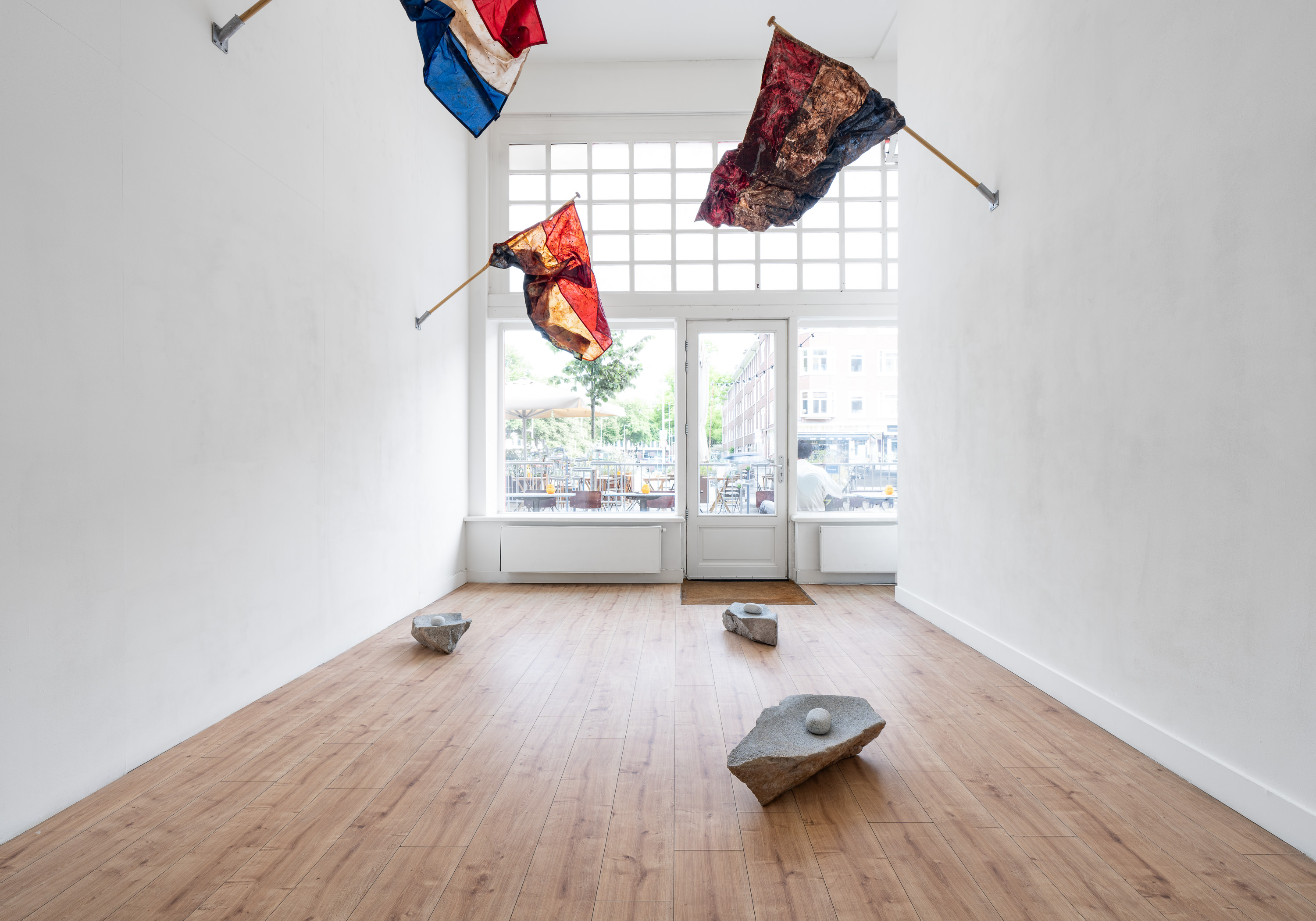
No Man’s Art Gallery proudly presents Intsomi, the third solo exhibition by Buhlebezwe Siwani (South Africa/Netherlands) with the gallery. A sangoma (traditional healer) and multidisciplinary artist, Siwani weaves performance, photography, video, and installation into a reflection on Black female embodiment, African spirituality, and historical memory.
Intsomi, a Xhosa word meaning ‘tale’, ‘legend’ or ‘myth’, reclaims narrative through ritual, resistance, and transformation, offering a counter to divisive political discourse on race and migration.
Across both gallery locations in the western part of Amsterdam, Siwani honours ancestral presence through sculptural flags, carved stones, and video works that explore themes of continuity and return. From a homage to Sojourner Truth to subtle interventions in colonial architecture, Intsomi insists on presence over erasure. The exhibition calls on viewers to reckon with the past not as distant, but as embodied, inherited, and alive.
*
Ballade by Michelle Sank
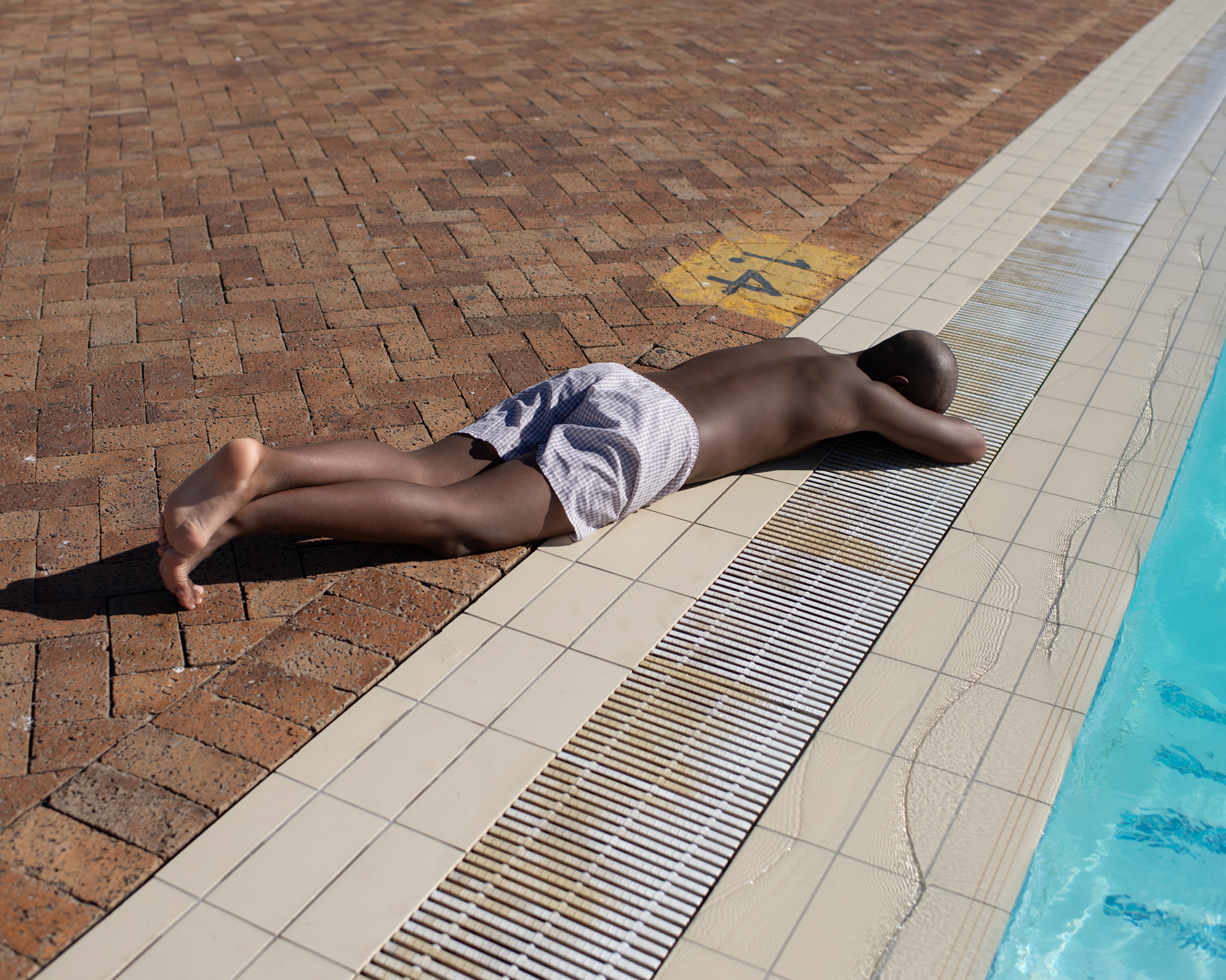
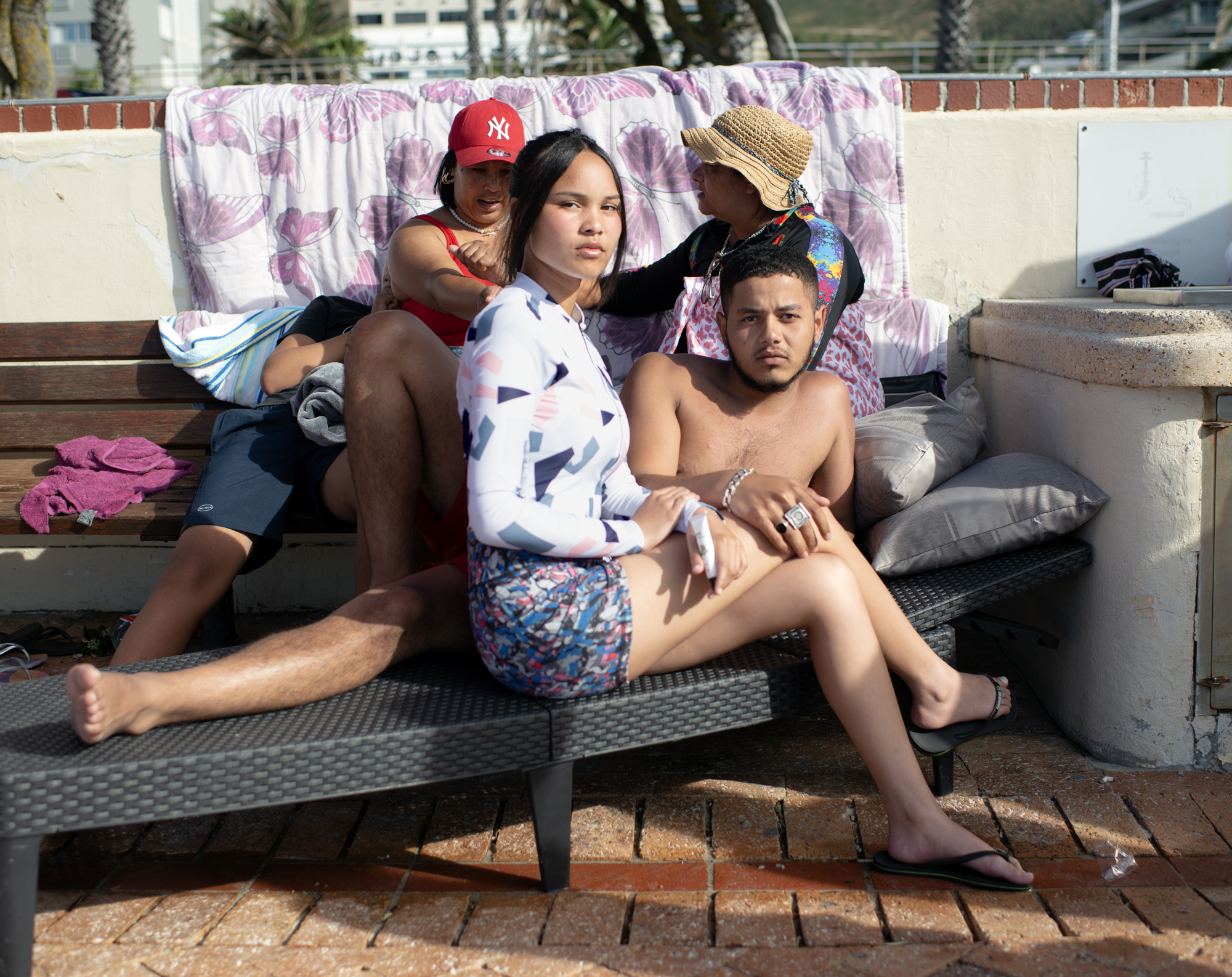
Michelle Sank’s Ballade series pays homage to South Africa’s flourishing post-apartheid society upon her return to her birthplace, Cape Town. She documents the vibrant fabric of the city’s iconic Sea Point Promenade, offering both an exploration and a celebration of its diversity.
Sea Point’s history and evolving social fabric, from a segregated whites-only urban area during apartheid to a vibrant, multicultural neighbourhood, have transformed the area into a central meeting point for both residents and visitors alike.
Michelle Sank’s photography is often centred on themes of socio-economic diversity and the exploration of the pressures and hopes experienced by young people living in suburban and coastal towns. Sank’s unique gaze is evident in Ballade’s portraiture, with the photographs focusing on young visitors and residents of the Promenade.

